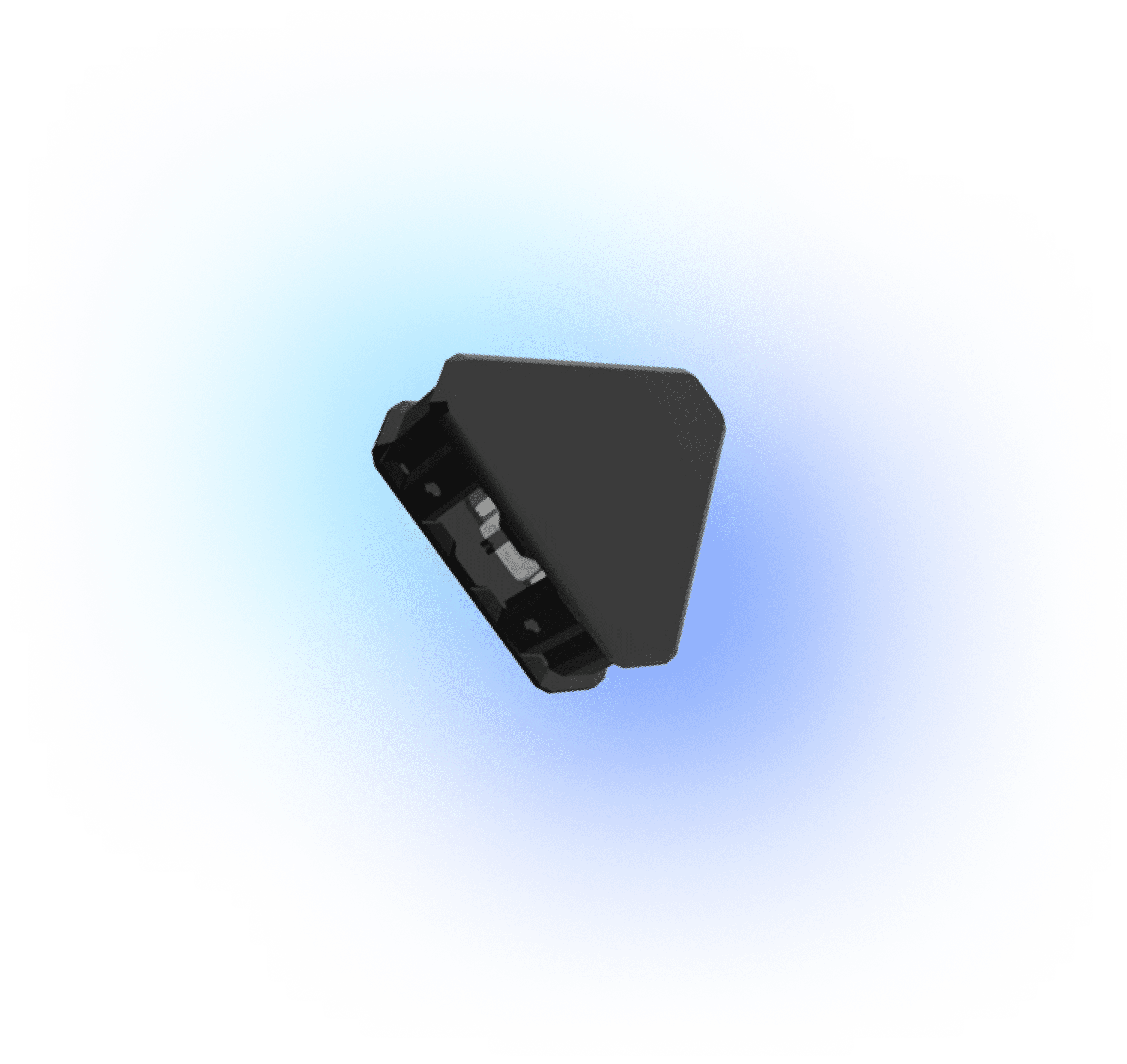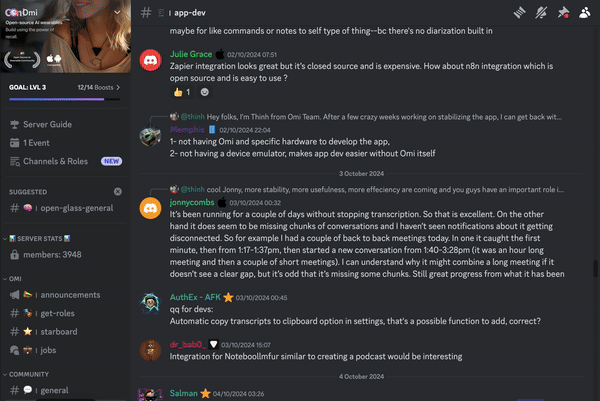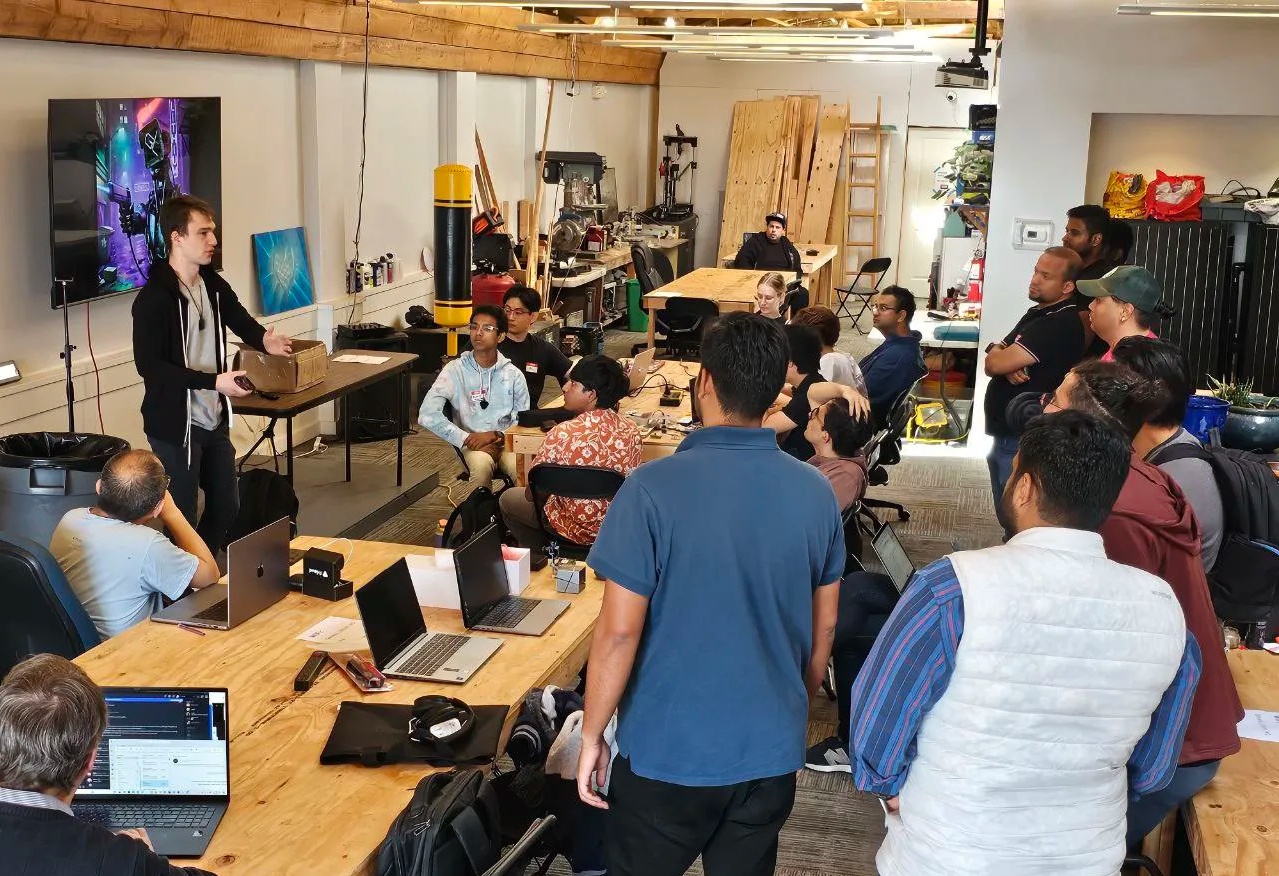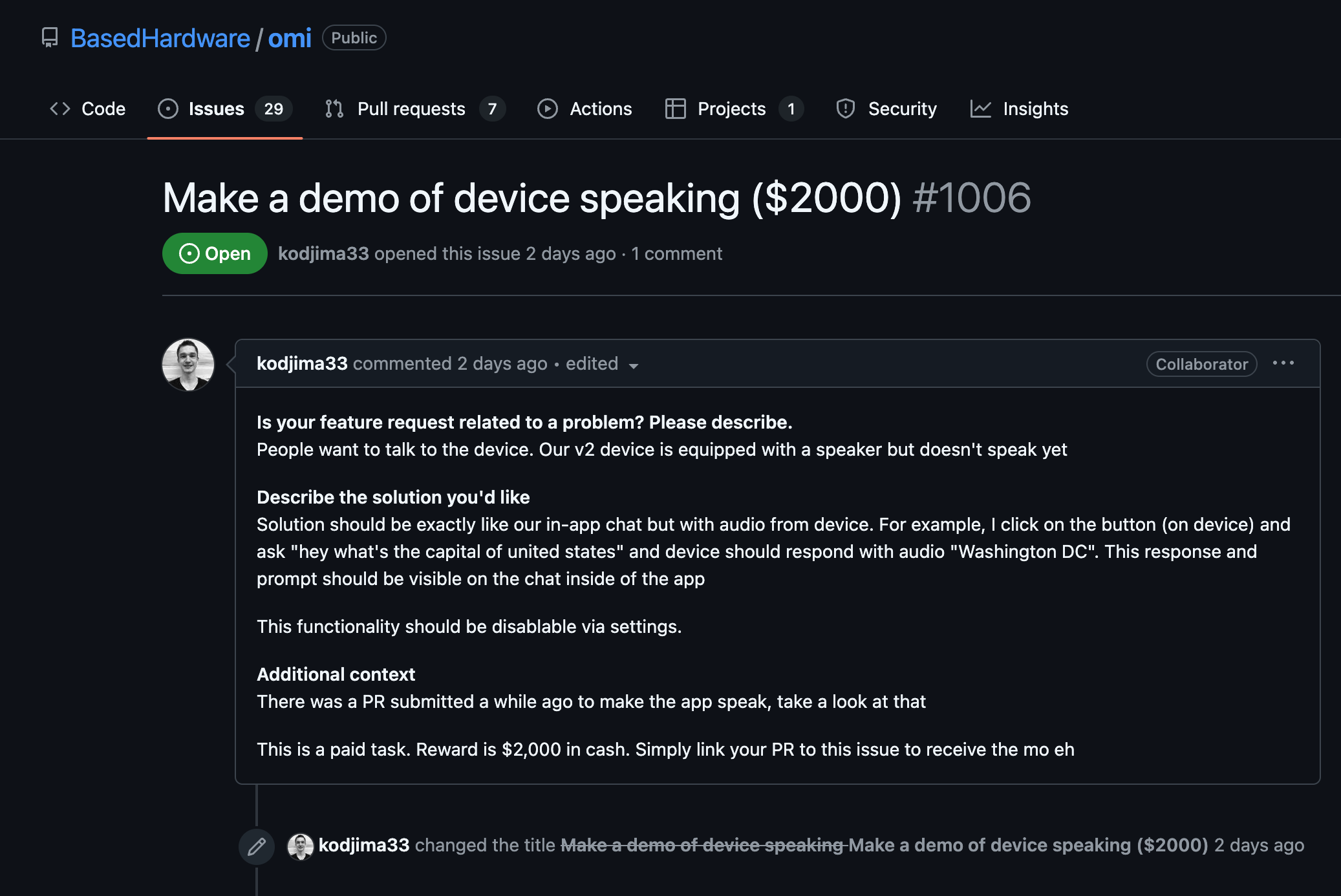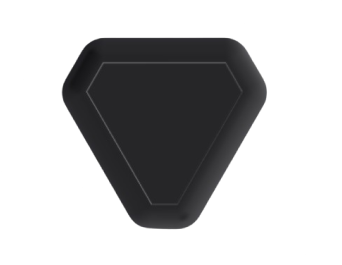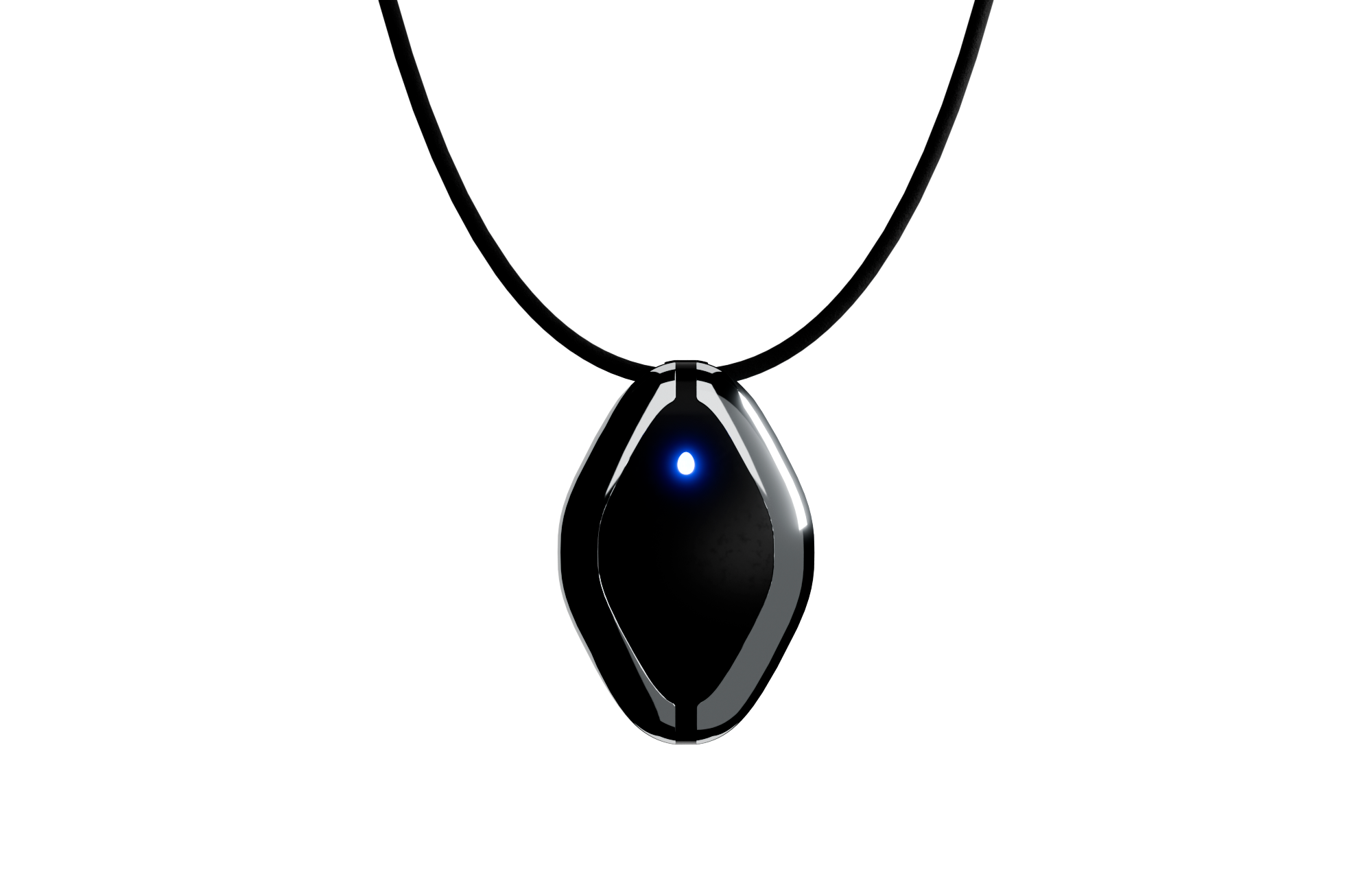Overview of CoAP and Constrained Devices
- Constrained Application Protocol (CoAP) is designed for lightweight communication. It’s particularly suitable for constrained devices with limited resources such as CPU, memory, and power.
- These devices often operate within the Internet of Things (IoT) environment and require efficient protocols for device interaction.
Environment Setup for Development
- Install a cross-compilation toolchain suitable for your target device. This may involve setting up a specific C/C++ compiler toolkit.
- Select a CoAP library that caters to constrained environments, such as libcoap or microcoap, which provides a compact implementation of the protocol.
Integrate CoAP Library into Your Firmware
Configuring and Initializing the CoAP Protocol
Resource Definition and Management
- Create resources that the CoAP server will host. Define a handler function for specific endpoints, which will execute upon receiving requests. Example:
void handle_get_temperature(coap_context_t *ctx, struct coap_resource_t *resource, coap_session_t *session,
coap_pdu_t *request, coap_binary_t *token, coap_string_t *query,
coap_pdu_t *response) {
unsigned char buf[3];
const char* response_str = "23"; // Example temperature value
coap_add_data(response, 2, (const uint8_t *)response_str);
}
coap_resource_t *resource = coap_resource_init(coap_make_str_const("temperature"), 0);
coap_register_handler(resource, COAP_REQUEST_GET, handle_get_temperature);
coap_add_resource(ctx, resource);
- Manage resources effectively to handle requests and create responses using defined handlers.
Handling CoAP Client Requests
- If the device will act as a client, prepare the CoAP requests to query or update resources from server endpoints.
coap_address_t dst;
coap_session_t *session;
coap_address_init(&dst);
dst.addr.sin.sin_family = AF_INET;
dst.addr.sin.sin_port = htons(COAP_DEFAULT_PORT);
inet_pton(AF_INET, "192.168.1.1", &dst.addr.sin.sin_addr);
session = coap_new_client_session(ctx, NULL, &dst, COAP_PROTO_UDP);
coap_pdu_t *request = coap_new_pdu(session);
request->type = COAP_MESSAGE_CON;
request->code = COAP_REQUEST_GET;
coap_add_token(request, token.length, token.s);
coap_add_option(request, COAP_OPTION_URI_PATH, 11, (const uint8_t*)"temperature");
// Send request
coap_send(session, request);
- Implement event loops to continuously handle incoming and outgoing communications.
Testing and Debugging
- Employ network analysis tools such as Wireshark to trace CoAP messages transmitted over the network, ensuring appropriate formatting and content.
- Utilize logging facilities to understand internal state and message flow within your firmware application.
Optimization for Constrained Environments
- Reduce the memory footprint by configuring the CoAP stack to limit packet sizes and combine resources when possible.
- Optimize energy consumption by properly managing sleep modes and scheduling CoAP task execution intelligently.
Deployment and Maintenance
- Deploy the firmware to the constrained device, employing an over-the-air update mechanism if necessary.
- Regularly update the CoAP library and your firmware to maintain security and functionality. Monitor logs for performance metrics.
